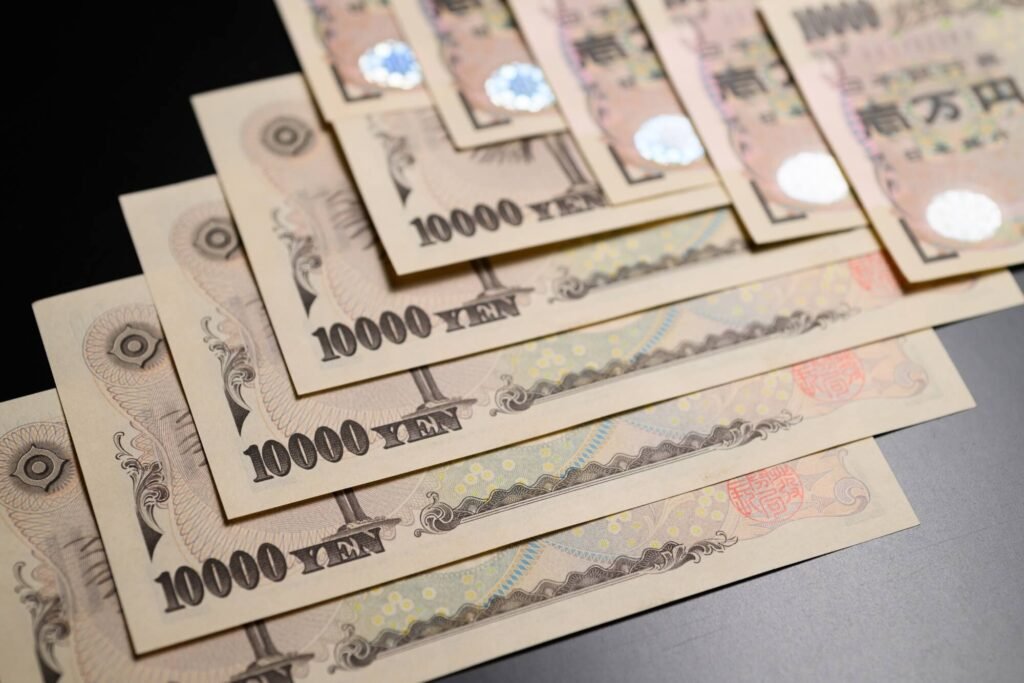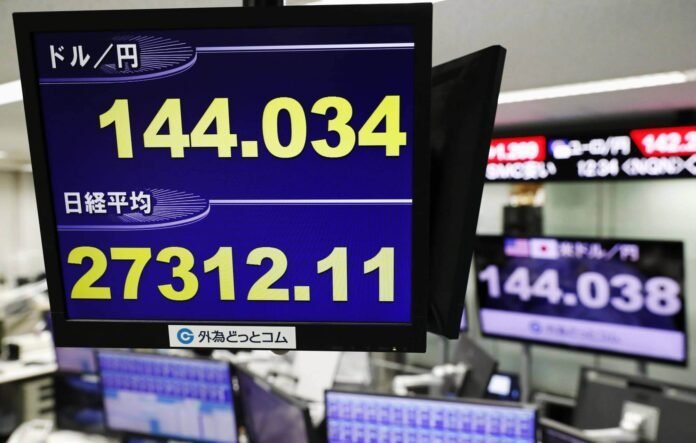In response to mounting bearish bets against the yen, Japanese authorities are once again issuing warnings and considering potential currency intervention. The yen saw a slight rebound from its year-to-date low as Masato Kanda, Japan’s top currency official at the finance ministry, stated that authorities are prepared to take action as necessary.
“We’re on standby,” Kanda told reporters, echoing his language from a year ago when Japan intervened in the market three times. “But I can’t say what we’ll do, and when – we’ll make judgments overall, and we’re making judgments in a state of urgency.”
The yen witnessed its most substantial one-day drop since April on Tuesday, triggered by the Bank of Japan’s less-than-impressive adjustment to its cap on bond yields. This move suggested that any transition away from ultra-loose monetary policy would be gradual.

Following Kanda’s comments, the yen gained about 0.3%, reaching 151.27 per dollar as of 1:47 p.m. in Tokyo, after having slumped 1.7% on the previous day.
Despite this temporary respite for the yen on Wednesday, the currency’s longer-term decline towards the 152 threshold is concerning, mirroring the situation that prompted Japanese authorities to intervene last year. The rapid movement of well over two yen in less than a day aligns with the level of volatility that led Japan to spend over $60 billion to buy the currency in markets last year. Additionally, the yen weakened to its lowest level against the euro since 2008 on Tuesday.
“We’re very concerned about one-sided, sudden moves in currencies,” Kanda expressed. “Fundamentals don’t typically shift several yen in one night.”
Kanda reiterated his concerns later in the day, suggesting that speculation had played a significant role in recent currency movements.
On Tuesday, the finance ministry’s data revealed that no currency market intervention occurred between September 28 and October 27. This period includes October 3 when the yen’s decline, which had reached 150.16, abruptly reversed to 147.43, leading to speculation that Japan might have intervened.
Meanwhile, Japanese government bond yields were inching higher on Wednesday, while their US counterparts were slightly lower, providing modest support to the yen. Although the central bank conducted an unscheduled bond-purchase operation to curb yields in the afternoon, its impact on the debt and currency markets was minimal.
Traders appear to have little concern that Japan will intervene to halt the yen’s decline. Speculative US dollar calls point to an increasing wager on yen weakness, with leveraged funds adding to their short positions following the Bank of Japan’s meeting.
“The Bank of Japan underwhelmed yet again,” remarked Charu Chanana, a market strategist at Saxo Bank. “The yen bears returned, and with 150 no longer being a line in the sand for USD/JPY, we could see 152 getting tested. It could even reach 155.”
The Bank of Japan recently adjusted its approach to bond yields, considering the 1% effective ceiling on 10-year government debt as a reference point. However, it remains the last major central bank to maintain a dovish stance, with bond yields in Japan significantly lower than those in the US and Europe. This discrepancy exerts a continuous downward pressure on the yen as Japanese investors seek higher yields abroad.
To halt the yen’s slide, foreign exchange traders and strategists believe a more substantial shift in monetary policy and a convergence of yield differences between the US and Japan are required. The yen has depreciated by over 13% against the dollar this year, following a similar decline in 2022.
Aninda Mitra, a macro and investment strategist at BNY Mellon Investment Management, commented that the BOJ’s recent action “may not be enough to set it on an appreciation path.” To achieve that, a dovish pivot from the Federal Reserve may also be necessary.
On Tuesday, the dollar reversed a recent trend of losses, and a gauge of the greenback’s strength remained high in anticipation of the Federal Reserve’s meeting on Wednesday afternoon. The Fed is expected to maintain interest rates while emphasizing its commitment to tight monetary policy until inflation risks subside.
Some investors speculate that the yen’s decline may ultimately push the BOJ to adopt a more aggressive monetary policy stance. Such a shift could strengthen the currency from its current levels, although there is no indication of this happening in the near term.
“Given the recent weakening of the yen, even after the Bank of Japan adjusted its yield curve control, and Japan’s reliance on commodity imports, it would not surprise us to see the BOJ abandon YCC altogether in 2024,” stated Spencer Hakimian, CEO of Tolou Capital Management. “Hence, we see value in the yen at these levels.”




